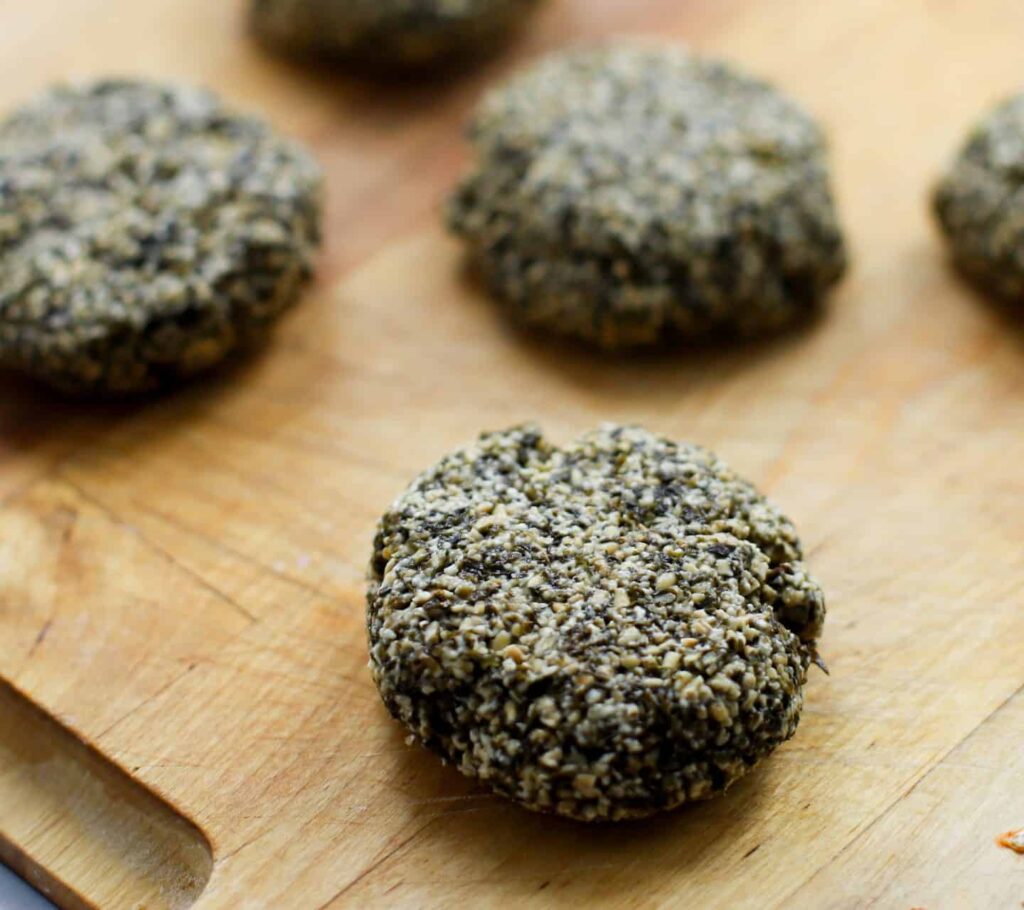6 Delicious traditional seaweed dishes
We love adding seaweed to modern dishes, but there are also traditional seaweed dishes that have a long history. In fact, seaweed has been a staple in various culinary traditions for centuries! Its unique flavours, textures, and health benefits have made it an essential ingredient in many iconic dishes from around the world. In this blog post, we will explore some of the world’s most famous seaweed-based dishes.
Table of Contents
Traditional seaweed dishes: Europe
Laverbread
From the coasts of Wales, comes a dish that might sound a bit misleading – laverbread. Despite its name, laverbread is not bread at all but rather a savoury seaweed dish made from laver, a type of edible seaweed found in abundance along the Welsh coastline. This species of seaweed – Porphyra umbilicalis – also grows in Norway, here we call it Fjærehinne. To make laverbread, the seaweed is first simmered for several hours, then minced or puréed into a paste, often served on toast with bacon and cockles as part of a Welsh breakfast, or mixed with oats and fried to create Laver cakes, pictured below. Laverbread boasts a unique taste that has earned it the nickname ‘Welsh caviar’.
Carrageen Moss Pudding
In Ireland, carrageen moss pudding has been a cherished dessert for generations. Carrageen moss, a type of red algae, contains carrageenan, a natural thickening agent. When simmered with milk, sugar, and flavourings like vanilla or cinnamon, it forms a creamy and delicious pudding. This traditional Irish treat highlights the fact that coastal communities have known for generations about seaweed’s awesome thickening properties.
Traditional seaweed dishes: Asia
Miyeok-guk
In South Korea, miyeok-guk, or seaweed soup, holds a special place in the culinary culture. Traditionally served on birthdays and after childbirth, miyeok-guk is believed to have nourishing properties. The dish typically comprises seaweed (miyeok) simmered in a savoury broth, often with beef or tofu and seasoned with garlic and soy sauce. Not only is it delicious, but it also holds a symbolic significance of offering comfort and care during important life events.
Seaweed Salads
Seaweed salads have gained popularity worldwide as a refreshing and healthy addition to the dining table. These salads often combine various seaweed varieties like wakame, hijiki, and kombu, along with fresh vegetables, sesame seeds, and a tangy dressing. The result is a delicious combination of flavours and textures that showcase the versatility of seaweed.
Miso Soup
Another Japanese seaweed-based dish that has earned worldwide acclaim is miso soup. Based on a broth made using kombu seaweed (dashi) and fermented soy bean paste (miso), miso soup often contains bite sized pieces of wakame, a delicate seaweed which adds a subtle oceanic flavour to the umami-rich broth. Complemented with tofu, green onions, and other vegetables, this comforting soup represents the perfect harmony between land and sea in Japanese cuisine.
Sushi
When talking about seaweed-based dishes, you can’t ignore sushi. Sushi is a traditional Japanese dish consisting of vinegar-seasoned rice combined with various ingredients, such as fish, vegetables, and of course, seaweed. Nori plays a crucial role in sushi preparation, as it is used to wrap the rice and other fillings, creating the iconic sushi roll. The nori not only imparts a delightful umami flavour but also enhances the dish’s visual appeal and structural integrity.
Conclusion
Seaweed-based dishes from around the world offer a fascinating glimpse into the ingenuity of human culinary traditions. From Japan’s iconic sushi to Wales’ cherished laverbread and beyond, each dish reflects the unique tastes, customs, and cultural significances of the regions they hail from. Not only are these dishes flavourful and nutritious, but they also showcase the sustainable potential of seaweed as a renewable and environmentally friendly food source. So, the next time you explore a coastal region or dine in a Japanese restaurant, be sure to savour these traditional seaweed dishes that connect us to our ancestors through the power of food.
